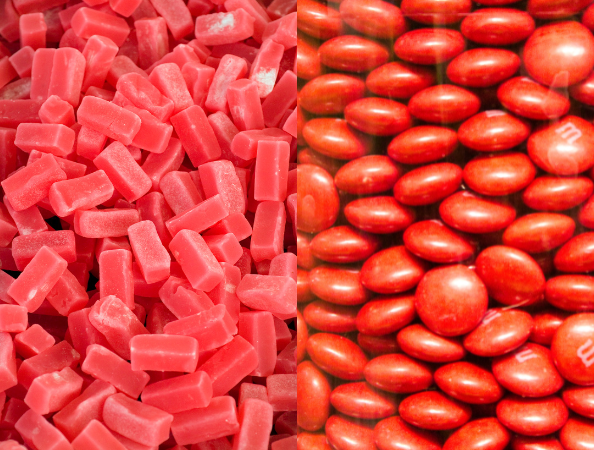Genes from antibiotic-resistant bacteria are sneaking into food: this was found in more than 2,000 samples of processed foods in Europe.

A recent study published in the journal Nature Microbiology confirmed something that had not been documented in much detail until now: the food production chain is full of genes that help bacteria resist antibiotics.
The research was led by scientists from the CSIC in conjunction with other European centers and analyzed more than 2,000 samples taken at different stages of the production process , from raw materials to packaged foods—such as milk, meat, fish, cheese, and vegetables— as well as surfaces and tools used within factories.

The results surprised researchers. Photo: iStock
In total, 100 companies from several European countries participated , with a large proportion located in the Spanish regions of León and Asturias.
This is what they saw in food Researchers found that more than 70% of the known genes that make bacteria resistant to antibiotics are present at some point in the food chain . However, not all of them appear with the same frequency: only some are more common in the samples analyzed.
Among the most frequently repeated genes are those that allow resistance to antibiotics such as tetracyclines , beta-lactams, aminoglycosides, and macrolides. These are essential medications used to treat infections in both humans and animals.
Another worrying finding is that more than 60% of the samples analyzed—which included food, work surfaces, and tools— contained at least one resistance gene to these drugs.

About 40% of these genes are linked to mobile genetic elements. Photo: iStock
Species native to food environments were also identified, such as Staphylococcus equorum and Acinetobacter johnsonii , which are traditionally associated with fermentation processes or plant handling.
A significant finding indicates that nearly 40% of these genes are linked to mobile genetic elements —plasmids and transposons—that facilitate horizontal transfer between bacteria, even those of different species. This increases the risk of resistance spreading within the industry and to consumers.
The study analyzed the evolution of the resistome throughout the production chain. In the initial phases— raw materials and early stages of production—genes linked to microorganisms present in the environment or in the food itself predominate . However, in products undergoing ripening or fermentation, genes associated with bacteria specific to the production process (e.g., S. equorum) tend to displace those from the initial phases.

Researchers suggest adjusting cleaning protocols. Photo: iStock
Once ready for consumption, the products show a resistome profile closer to human handling , with genes from ESKAPEE bacteria, which highlights critical points of contamination during packaging and handling.
These findings could impact the global food industry. Based on the results, the researchers suggest that adjusting cleaning protocols within food plants —for example, reviewing how and how often production lines are disinfected between batches—could help reduce the presence of resistance genes in products.

The food production chain is full of genes. Photo: Canva
They also suggest that it would be useful to pay closer attention to certain areas, such as packaging , where they detected ESKAPEE group bacteria most frequently. Monitoring these spaces and the equipment used there could be key to preventing contamination at the end of the process , just before the food reaches the consumer. Although the study focuses on Europe, its findings could provide guidance to the global food industry.
The research also opens the possibility of developing specific microbial indicators , based on the abundance of certain genes, to evaluate the effectiveness of cleaning protocols in real time.
More newseltiempo



